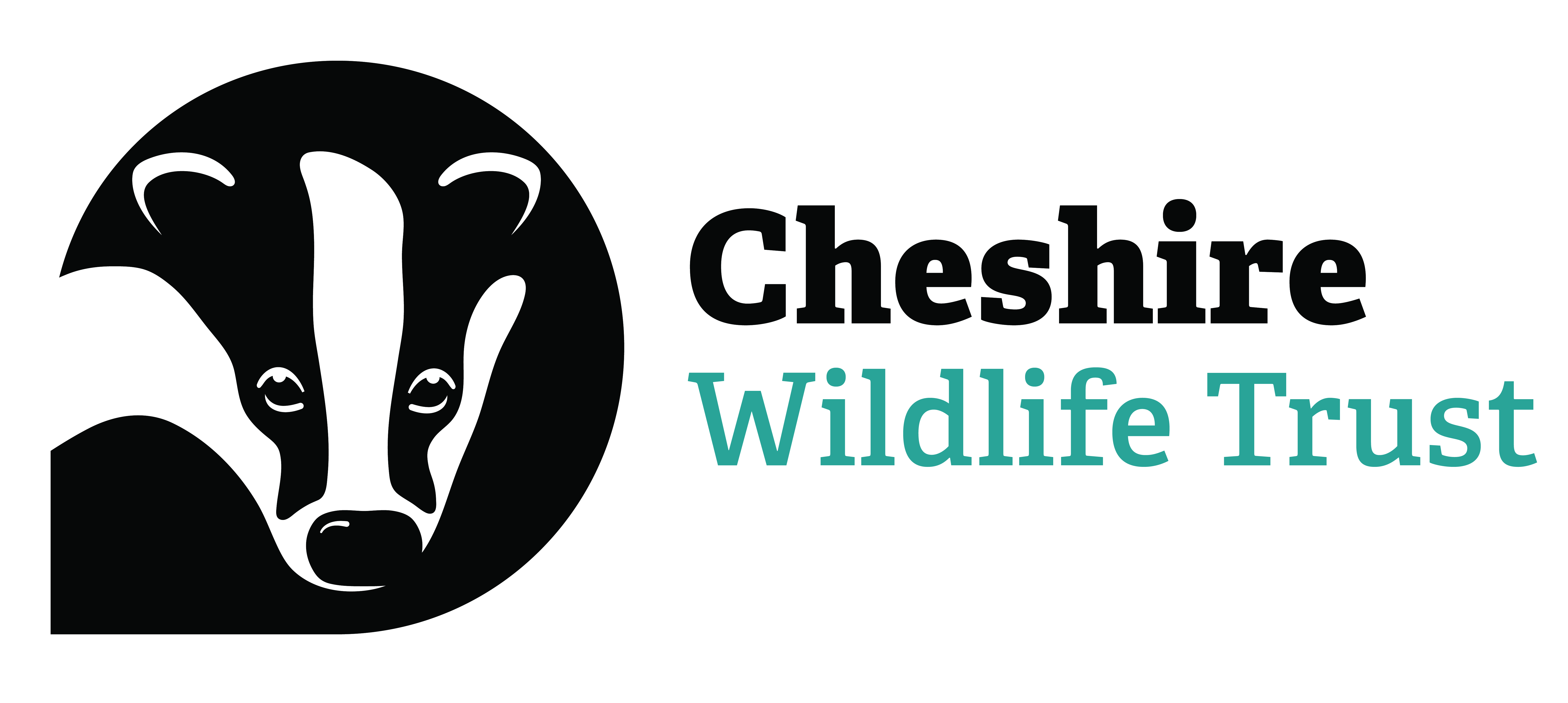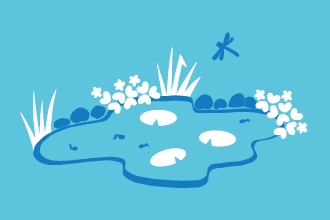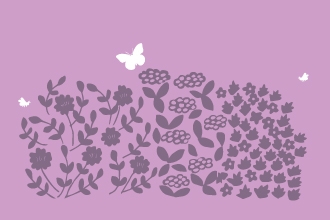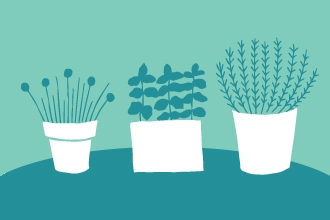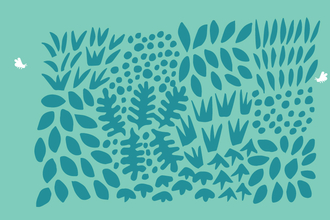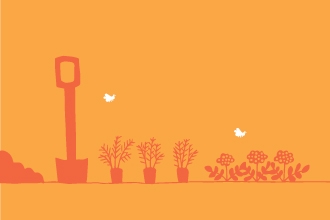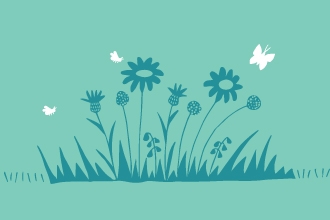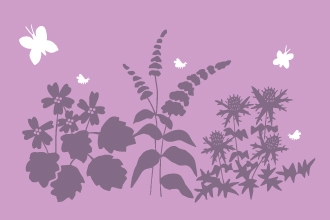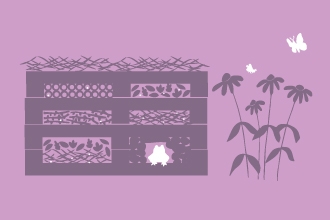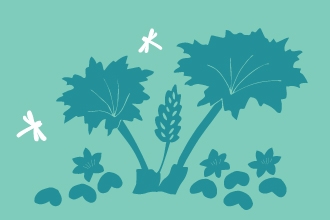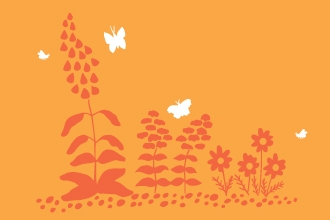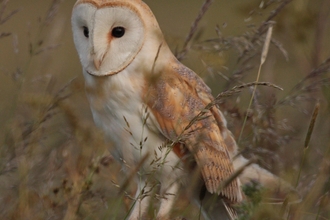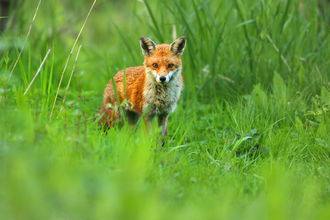
WildNet - Tom Marshall
Design your wildlife-friendly garden
Get creative with your space
If your garden is wildlife-friendly or you are following any of these actions - why not apply for our 'Wildlife- friendly Garden Award'?
What to avoid in your garden
Avoid pesticides & slug pellets
The creatures we thing of as pests are often a valuable food source for other wildlife. While raising it’s chicks in spring a blue tit will need to find thousands of caterpillars, larvae and aphids, many of them garden ‘pests’. Aphids, or greenfly, are the main food of the larvae of hoverflies, lacewings and ladybirds. Slugs are fed on by ground beetles, centipedes, frogs, toads and hedgehogs. In a wildlife garden with a wide range of predator species the populations so-called pest species rarely increase so they become a problem.
If slugs or aphids become a problem there are non-chemical means of control, such a pinching off the tips of broad beans infested with blackfly, or using barriers against slugs.
Avoid chemical weed-killers
Chemical weed-killers are poisons, and may be toxic to more than just the target plant. If carelessly applied they can kill nearby ornamental plants. Weed-killers are also toxic to animals, including humans. In many cases we do not know the full effects, but they may lead to long-term harm to human health as well as to wildlife.
There are many other ways to control plants growing where we don’t want them, such as regular hoeing, hand weeding, growing ground-cover plants and use of mulches.
